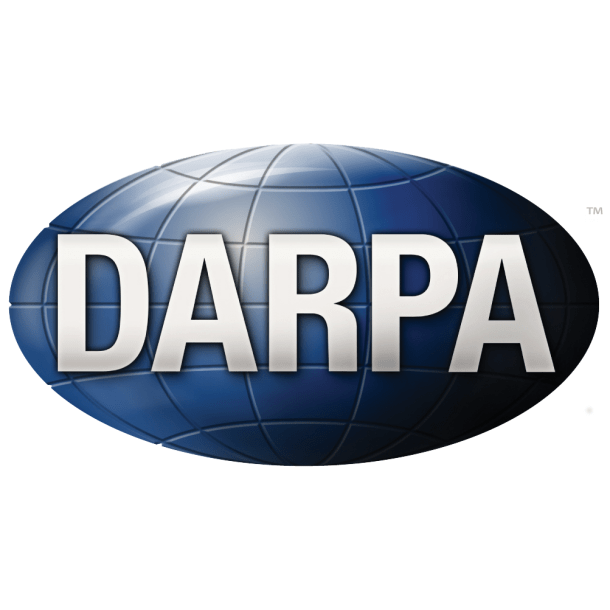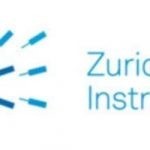DARPA looking for small, lightweight quantum-inspired solver systems capable of solving realistic military problems.

(MilitaryAerospace) Officials of the U.S. Defense Advanced Research Projects Agency (DARPA) in Arlington, Va., have issued a solicitation (HR001121S0041) for the $58 million Quantum-Inspired Classical Computing (QuICC) program.
See the updated solicitation here:
Updated Response Date: Jan 12, 2022 01:00 pm EST
DARPA researchers are looking for quantum-inspired solver systems that solve realistic problems for military missions. Quantum-inspired solvers are hybrid: they are classical mixed-signal systems that consist of analog hardware and digital logic.
The analog hardware typically emulates interacting dynamic systems, and the digital logic processes the analog results to obtain quality solutions.
The objective is to deliver system prototype that can improve computational efficiency by at least 50 times for intermediate problem sizes and to show the feasibility of improving efficiency by at least 500 times for mission-scale problems. The QuICC program will focus on classical hybrid mixed-signal systems; all-digital solvers or quantum computing are not part of the program.
Many U.S. Department of Defense (DOD) missions are limited by available computing resources. Quantum computing may be a potential solution, yet there is nothing to suggest that quantum computing every will be feasible for military size-, weight-, and power- (SWaP)-constrained environments.
Detailed analysis of quantum computing has led to new algorithms and hardware, while delivering significant advantages over all-digital computing. This is where quantum-inspired solvers may come in.
he program has three technical challenges: scaling analog hardware advantages to mission relevant problems; limiting the growth of digital computations with problem size; and realizing predictive benchmarks at prototype system scales.
The QuICC program is five-year effort with a two year first phase, an 18-month second phase, and an 18-month, and an 18-month optional third phase. The program milestones will advance the scaling of quantum-inspired solver technology progressively toward mission-relevant problems and sizes.



















